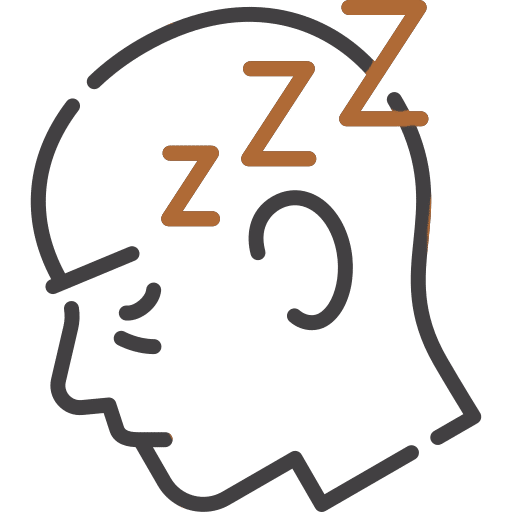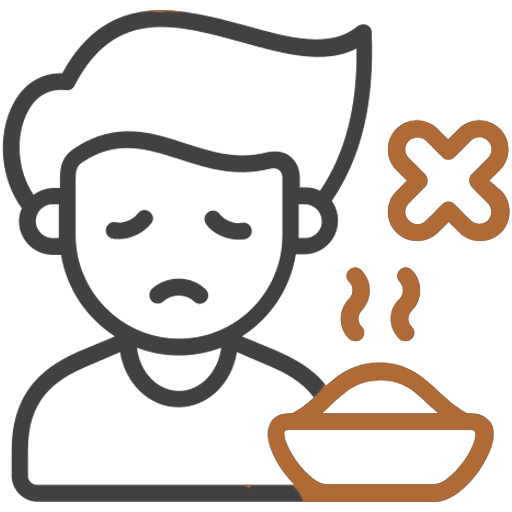In the modern landscape of pharmaceutical solutions, where pain relief is a priority, the name “Percocet” resonates as both a remedy and a potential concern. While it serves as an effective pain management solution, its potential for abuse and addiction is a growing concern.
Statistics show that in recent years, Opioids such as Percocet have been involved in a substantial portion of overdose deaths in the United States. These alarming figures underscore the urgent need to unravel the intricacies of this prescription drug.







